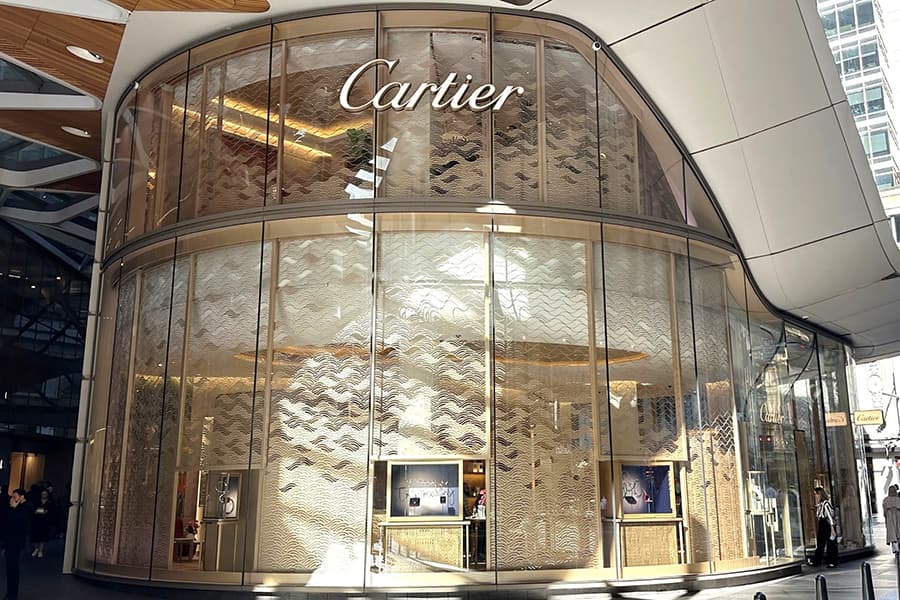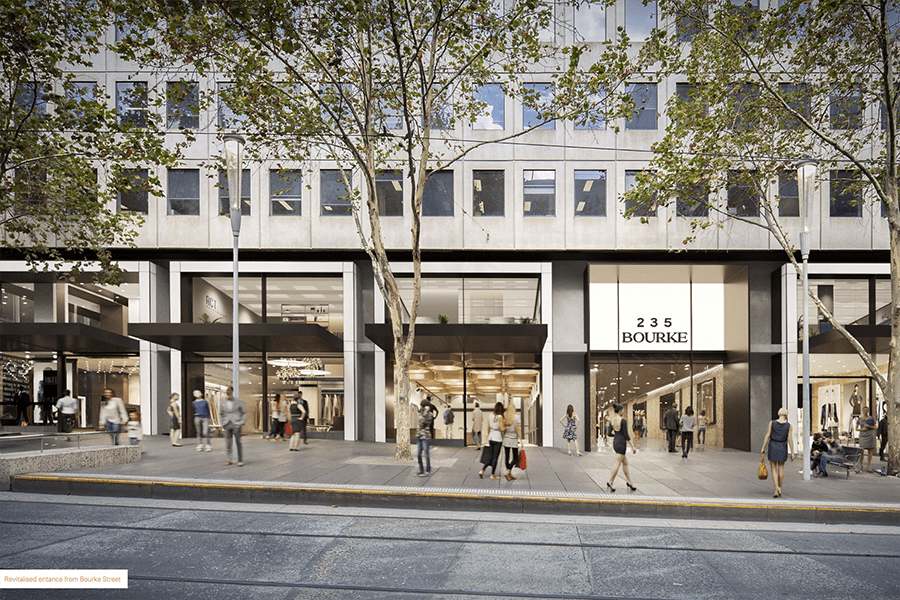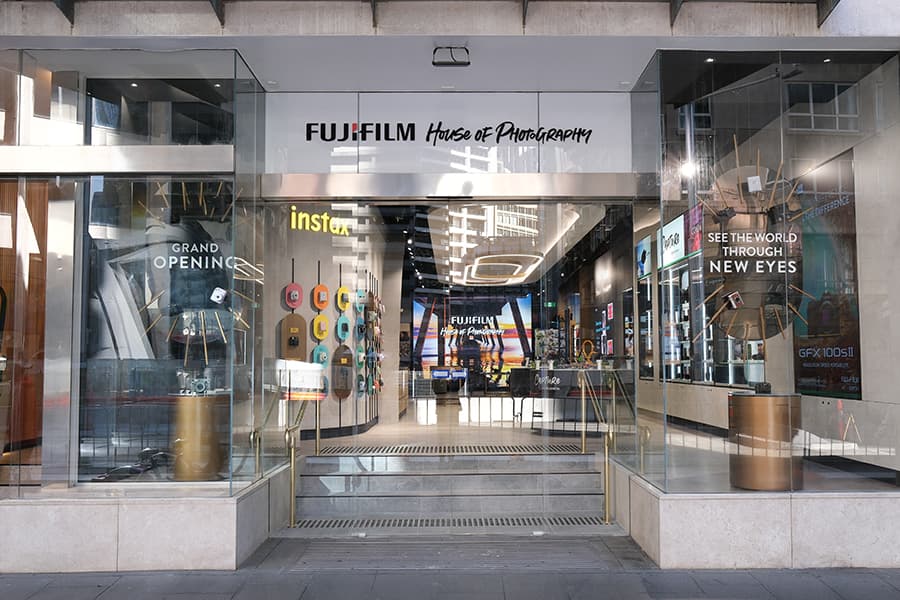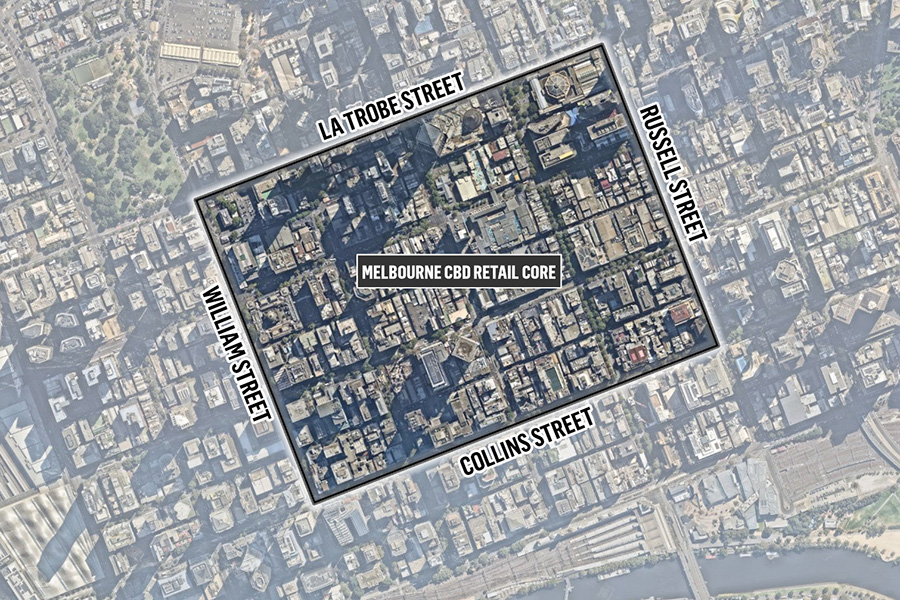The return of international tourism and a growing number of Millennial and Gen Z consumers with an appetite for luxury brands have underpinned the strong performance of Australia’s luxury retail market, a new CBRE research report has found.
CBRE’s Luxury Retail Report showed luxury retail trade in Australia reached a record $6.2 billion in 2023 with 483 retailers, including both international and domestic brands, operating nationally. While luxury goods attract a higher price point, Australia’s inflow of High-Net-Worth Individual migrants, recovering international and domestic tourism, and increasing discretionary spend have contributed to the strength of the retail market.
The report showed top performing luxury brands in Australia were Louis Vuitton, Richemont and Hermes. These three brands have outperformed over the past four years, achieving revenue growth of 87%, 153% and 177%, respectively since 2019. Across Australia, according to IBISWorld, top-tier brands have either established stores or expanded their footprint by securing leases across Sydney, Melbourne, Brisbane, Perth and Adelaide.
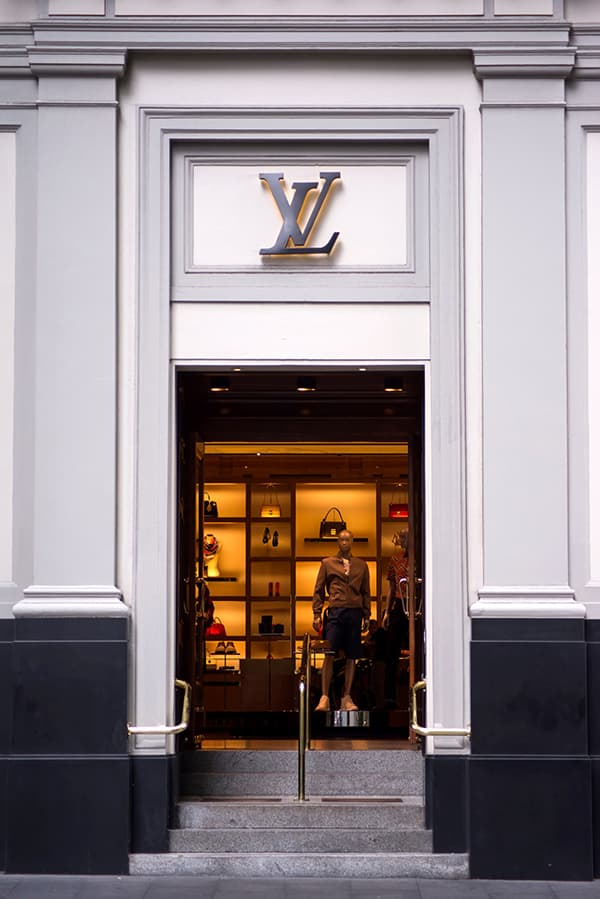
Louis Vuitton, Sydney
There has also been a consumer shift in Australia’s luxury market with the rise of Millennial and Gen Z generations showing a preference for high-quality and sustainable products.
Although they are engaging with brands online, consumers are also still making purchases in-store. As of April 2024, people aged between 15 to 54 accounted for more than 50% of all high-end spending in Australia.
Sheree Griff, CBRE’s Head of Retail Property Management & Leasing – Pacific said, “The trend of younger consumers showing a preference for premium products over ‘fast fashion’ is a key driver behind the robust performance of Australia’s luxury retail market in 2023. Social media, particularly TikTok and Instagram, has become a significant platform for younger consumers to discover and engage with luxury brands. Short-form videos and viral content, often featuring celebrities and influencers, heavily influence purchasing decisions of Millennials and Gen Z who want to align with fashion trends and brand status.”
Griff also noted that while consumers were discovering luxury goods online, they still valued the unique buying experience offered in flagship stores and this had led many top-tier brands to expand their footprint across Australia’s major cities.
“The luxury market’s dynamic nature and shifting consumer preferences present exciting opportunities for growth and innovation in Australia,” Griff added.
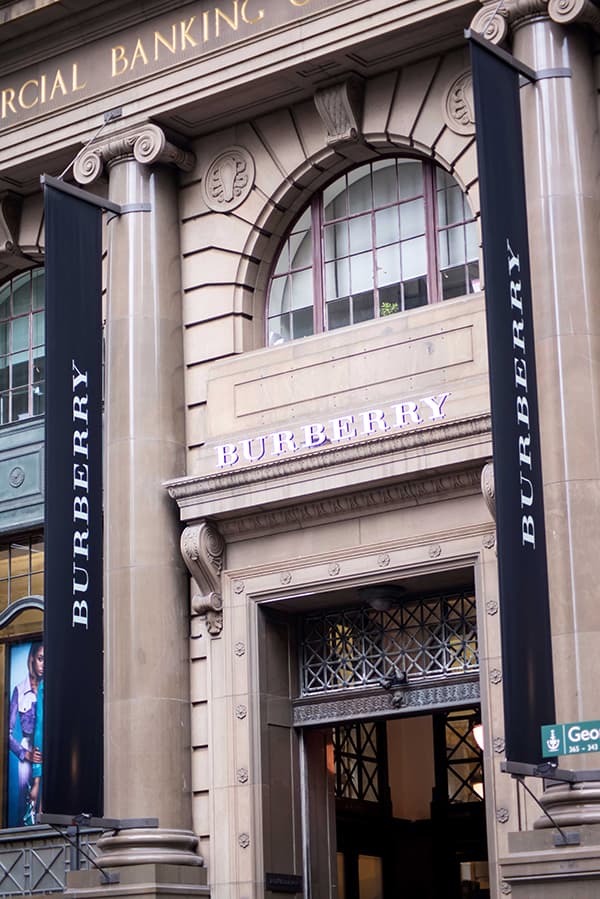
Burberry Sydney
When it comes to what luxury consumers are buying, clothing and footwear continue to dominate accounting for $4.3billion (69%) of total revenue in 2024. Jewellery and watches have a significant market share (25%) with a total revenue of $1.5billion in 2024. The report identified luxury luggage as a submarket that has had substantial growth in recent years, outperforming all luxury markets.
The report noted the outlook for luxury retail in Australia is promising, with a forecast CAGR of 2.7% from 2024 to 2029, driven by robust recovery in international tourism and a growing volume of affluent Australians seeking out luxury goods.


